Skin resurfacing peels, powered by alpha hydroxy acids (AHAs), beta hydroxy acids (BHAs), and vitamin C, offer a non-invasive solution for achieving smoother, brighter, and more youthful skin. Customized treatments target specific skin concerns, from fine lines to hyperpigmentation. While effective, they carry temporary side effects like redness and sensitivity, as well as rare risks like blistering, requiring proper post-treatment care and professional supervision. To maintain optimal results, follow a consistent aftercare routine with SPF protection, mild moisturizers, and hydration.
“Unveil the transformative power of Skin Resurfacing Peels, a popular skincare treatment aimed at achieving a brighter, more even complexion. This comprehensive guide delves into the intricate process, exploring the science behind chemical peels and their efficacy in skin brightening. From understanding the different peel types to identifying suitable candidates, we cover all aspects. Discover common active ingredients, potential side effects, and essential aftercare routines. By the end, you’ll be equipped with knowledge to make informed decisions about your skin’s future.”
Understanding Skin Resurfacing Peels: Unveiling the Process
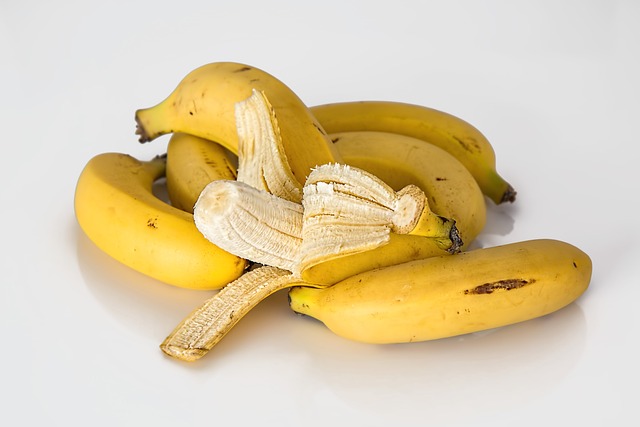
Skin resurfacing peels, a cosmetic procedure gaining popularity, offer a transformative solution for achieving smoother, brighter skin. This non-invasive treatment involves carefully applying chemical solutions to the skin’s surface, which helps remove dead skin cells and encourages the regeneration of new, healthier skin. The process is designed to uncover a more youthful appearance by reducing the visibility of fine lines, wrinkles, and uneven skin tone.
During a typical session, a licensed dermatologist will select an appropriate acid or blend of acids tailored to your skin type and desired results. Common options include alpha hydroxy acids (AHAs), beta hydroxy acids (BHAs), or retinoic acid. These chemicals are then applied to the face, often in a series of steps, to create controlled damage to the top layer of skin. This prompts the body’s natural healing response, stimulating collagen production and leading to improved skin texture and tone.
The Science Behind Chemical Peels for Skin Brightening
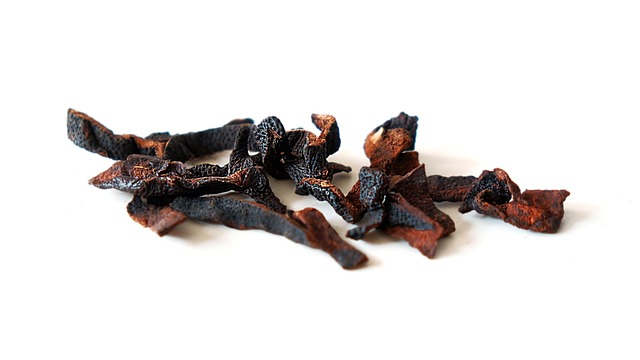
Chemical peels for skin brightening have gained immense popularity due to their ability to resurface and rejuvenate the skin, leading to a more even and radiant complexion. The science behind this skincare procedure involves applying specific chemical solutions to the skin’s surface, which removes dead skin cells and stimulates new cell growth. These solutions typically include alpha hydroxy acids (AHAs), beta hydroxy acids (BHAs), or a combination of both.
During a skin resurfacing peel, these chemicals create micro-tears in the upper layers of the epidermis, allowing for deeper penetration of active ingredients. This process exfoliates the skin, revealing smoother and brighter skin underneath. Over time, regular peels can help reduce the appearance of age spots, fine lines, and hyperpigmentation, creating a more even skin tone. The revitalized skin not only looks healthier but also feels softer and smoother to the touch.
Types of Skin Resurfacing Peels and Their Benefits
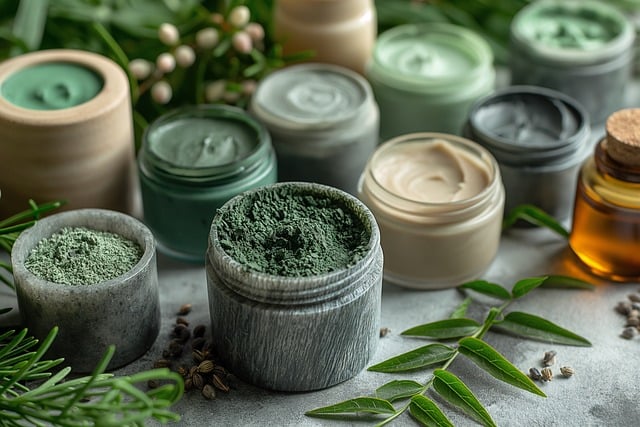
Skin resurfacing peels are a popular and effective way to achieve smoother, brighter skin. These treatments involve applying chemical solutions to the skin to lift away dead cells and stimulate new cell growth, revealing a more youthful appearance. There are several types of peels available, each offering unique benefits tailored to different skin concerns.
Mild peels, such as those using alpha hydroxy acids (AHAs), are great for gentle exfoliation and improving skin texture. Medium-strength peels, often containing beta hydroxy acids (BHAs) or a combination of AHAs and BHAs, are effective for reducing fine lines, wrinkles, and hyperpigmentation. Stronger peels, typically with higher concentrations of chemicals like glycolic acid or trichloroacetic acid (TCA), are indicated for severe skin conditions like acne scarring and sun damage, providing dramatic results but requiring professional supervision.
Who is a Good Candidate for Chemical Peel Treatments?

Chemical peel treatments, also known as skin resurfacing peels, are a popular choice for individuals seeking to improve the appearance and texture of their skin. A good candidate for these procedures is someone with healthy skin who wants to address specific concerns like fine lines, wrinkles, hyperpigmentation, or uneven skin tone. These peels work by gently removing the outer layer of the skin, stimulating collagen production, and revealing smoother, brighter skin beneath.
Ideal candidates should have realistic expectations and be committed to following post-treatment care instructions. It’s essential to consult with a dermatologist or a qualified skincare professional who can assess your specific needs and determine if chemical peels are suitable for you. They will consider factors like your skin type, medical history, and current skin condition to ensure the best possible outcomes.
Common Active Ingredients in Skin Brightening Peels

Skin brightening chemical peels have gained popularity for their ability to improve skin tone and texture. Common active ingredients in these treatments include alpha hydroxy acids (AHAs), beta hydroxy acids (BHAs), and vitamin C derivatives. AHAs, such as glycolic acid, are known for their exfoliating properties, which help remove dead skin cells and unclog pores. BHAs, like salicylic acid, target acne-prone skin by penetrating deep into the pores to dissolve excess oil and reduce inflammation. Vitamin C derivatives, including L-ascorbic acid, are powerful antioxidants that protect the skin from damage caused by free radicals and promote collagen production for a brighter, smoother complexion.
Skin resurfacing peels offer a non-invasive way to achieve a radiant, even-toned appearance. The specific active ingredient used can vary depending on the desired outcome and skin type. For instance, gentler peels with lower concentrations of AHAs or BHAs are suitable for sensitive skin, while stronger formulations targeting hyperpigmentation may include higher percentages of these acids combined with other active components like kojic acid or niacinamide. This customization ensures that individuals can find a brightening peel that effectively addresses their unique skin concerns.
Potential Side Effects and Precautions to Consider
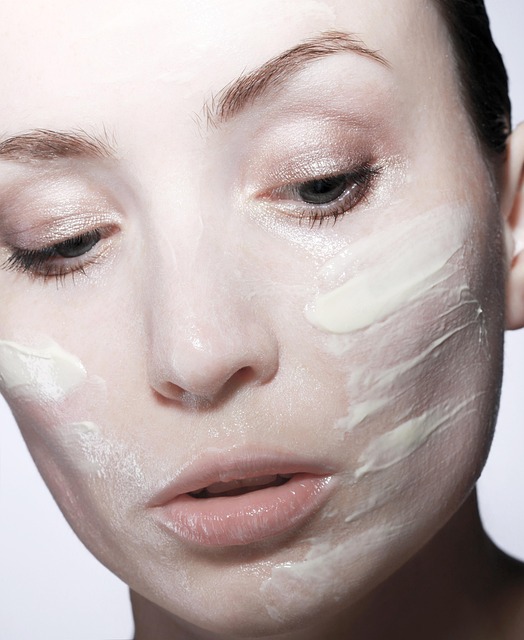
Skin brightening chemical peels, also known as skin resurfacing peels, offer a range of benefits for achieving a radiant complexion. However, like any medical procedure, they are not without potential side effects and risks. It’s essential to be aware of these considerations before undergoing such treatments. Common temporary issues may include redness, swelling, and sensitivity of the treated area, which usually subside within a few days. In rare cases, more severe reactions such as blistering or prolonged inflammation can occur, particularly with deeper peels.
To ensure safety, it’s crucial to follow professional instructions meticulously. This includes proper preparation before the procedure, using recommended products post-treatment, and limiting sun exposure. Individuals with certain medical conditions like active acne, eczema, or those taking specific medications may need to avoid skin resurfacing peels. Additionally, pregnant or breastfeeding women should consult their healthcare provider first. Regular check-ins with a dermatologist are vital to monitor any adverse reactions and adjust treatment plans accordingly.
The Maintenance and Aftercare Routine for Optimized Results
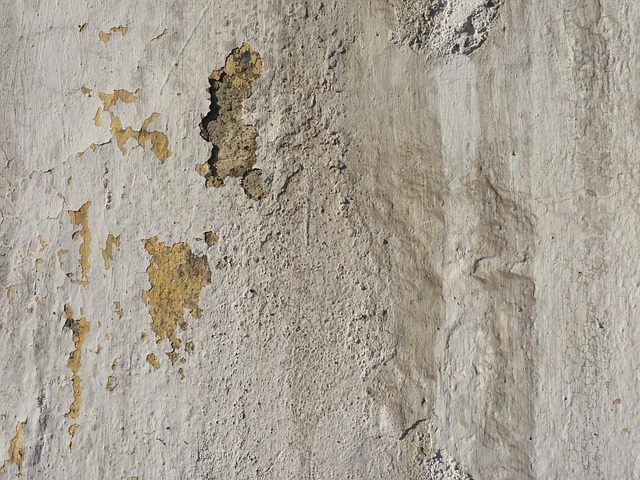
After a skin resurfacing peel, maintaining optimal results requires a consistent aftercare routine. It’s crucial to protect your skin from the sun by always wearing sunscreen with at least SPF 30 during the day. Avoid using harsh cleansers and opt for gentle, hydrating products to maintain the skin’s barrier function. Additionally, stay hydrated by drinking plenty of water throughout the day.
Avoid certain activities that may irritate your skin, such as intense workouts, hot tubs, or prolonged exposure to wind or cold weather immediately after the peel. It’s recommended to use a mild moisturizer and consider applying a soothing aloe vera gel to calm any dryness or irritation. Remember to be patient as it can take several days for your skin to adjust and show significant improvements.
